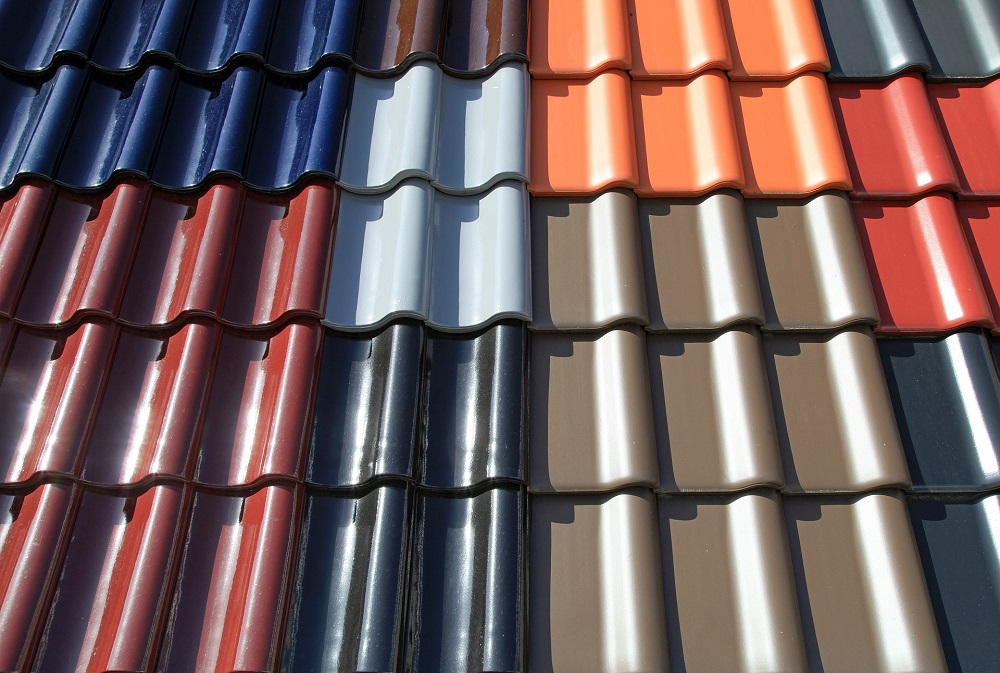As a homeowner, your home is a significant investment and at risk of damage from events out of your control. That’s why it’s essential to ensure you have the proper protection with Builders Risk Insurance.
The Builders Risk Insurance or a course of construction insurance helps protect your home and its contents during the building process. It can provide peace of mind while you build or remodel your home.
But what exactly is Builders Risk Insurance, and how does it work?
In this article, we’ll review the basics of Builders Risk Insurance for homeowners. We will look from what it covers to how much it costs—to help you know how to protect your property during construction.
What is Builders Risk Insurance?
Builders Risk Insurance protects individuals and businesses against physical damage or loss to buildings or other structures while under construction or renovation. It covers the structure, materials, and supplies used in construction.
In short, it’s a way to protect your investments while allowing you to complete your project safely, ensuring you have all the coverage you need to keep your home safe and secure during every development phase.
Ideally, Builders Risk Insurance can provide peace of mind when things are stressful or uncertain.
The key is ensuring you understand exactly what is covered before signing on the dotted line—which means knowing the different types of coverage available.
What Does Builders Risk Insurance Cover?
What does Builders Risk Insurance cover? Generally, this policy covers the building and any fixtures or equipment part of the structure’s completion.
This includes materials like trees, shrubs, and plants and temporary structures like scaffolding and construction equipment. It can also cover debris removal costs should an accident occur on the job site.
Some policies will cover damage from fires, storms, floods, and vandalism; others might cover theft and accidental damage. Others may include liability coverage in case someone is injured on your property.
You’ll want to read through each policy thoroughly before signing to know precisely what type of protection you’re buying.
It’s important to remember that Builders Risk Insurance does not cover personal property.
So if you bring in belongings to the job site like furniture and electronics, you’ll need to look into separate personal property protection for those items.
But builder’s risk coverage can be tailored to your unique needs if you know exactly what coverage you’ll need for your project.
When Do You Need a Builders Risk Policy?
You may be wondering when you’d need a builder’s risk policy. Let’s take a look at a few scenarios:
1. When You’re Renovating Your Home
If you’re renovating your home, you’ll want to ensure you have Builders Risk Insurance coverage to protect your property as the work is done.
This will help ensure that any damage caused during the renovation process will be covered.
2. When You’re Building an Addition or Extension to Your Home
If you’re building an addition or extension to your home, builders’ risk insurance is typically necessary, as it can help cover any damage caused while the project is underway.
This could include damage to materials, labor costs, and other expenses related to the construction project.
3. When You’re Installing New Kitchen Cabinetry or Countertops
If you’re installing new kitchen cabinetry or countertops, builders’ risk insurance can help cover any accidentally broken cabinets or countertops during installation. This coverage can also help protect against damage and vandalism during installation.
A builder’s risk policy is essential for any remodeling or construction project. It gives you peace of mind knowing that your property is covered from start to finish, no matter what happens during the process.
How to Evaluate Coverage and Decide on Limits
When evaluating a builders’ risk policy for your homeowner’s needs, knowing what coverage and limits are best for your unique situation is essential.
Here are a few things you should consider:
1. Determine the Actual Value
Be sure to get the correct estimate of the value of all the materials, labor, and resources you’ll use in the construction process.
A professional appraiser can help with this, or you can check out online calculators. That way, you’ll know exactly how much coverage your policy should provide.
2. Consider Temporary Structures & Equipment
Consider any temporary structures, such as scaffolding or outdoor structures, that may need coverage during construction.
Also, remember to factor in any equipment that will be used, such as cranes or lifts, which can be costly to replace if damaged or stolen.
3. Choose Appropriate Limits
Once you’ve determined the project’s actual cost, it’s helpful to consider ways to maximize the coverage available to protect yourself from unforeseen expenses (like property damage due to weather).
4. Consider a Higher Deductible if Needed
Look at policies with higher limits, such as Theft and Vandalism Coverage and Replacement Cost Coverage. This will ensure you’re covered for whatever comes up during your project.
Common Exclusions in Builders Risk Insurance
It’s important to note that there are things that Builders Risk Insurance does not cover.
While most of these things are relatively uncommon and may not affect an average homeowner, it’s essential to understand what is excluded from a typical policy. Common exclusions include:
1. Damage from Neglect
If the property is damaged due to neglect or lack of maintenance from the owner, it won’t be covered by builders’ risk insurance.
If you ignore sure warning signs or fail to update the plumbing, for instance, any resulting damage will be your responsibility.
2. Wear and Tear
Builders’ Risk Insurance only covers sudden and unexpected damage caused by external forces.
It does not include normal wear and tear that results from everyday use or ageing of a structure.
If your house shows signs of settling, cracking, or other wear-related damages, it won’t be covered, and you’ll have to pay to have them fixed out of pocket.
3. Natural Disasters
While some Builders Risk policies may offer additional coverage for damages incurred during natural disasters, you should know that some may exclude floods, earthquakes, and other acts of God.
If you live in an area prone to these events, consider additional coverage options like flood or earthquake damage insurance.
Factors That Influence the Cost of Builders Risk Insurance
So, how much is Builders Risk Insurance going to cost you? That depends on a few factors, so let’s dig into those.
The builder’s risk insurance rates can vary depending on what kind of property, the project size you’re building, how long you’ll need the policy, and even the construction and materials used.
Some other factors that influence rates include:
Location
The project’s location could mean higher or lower rates, depending on the crime rate in the area, the climate, and the terrain.
Deductible
A deductible is one way to lower your rates. The more risk you are willing to take, your premium will be lower.
Contractors & Subcontractors
Your contractors and subcontractors should be adequately insured, so ensure they provide proof of their insurance coverage before starting to work on your project.
Building materials
The types of building materials used in your project can be an essential factor affecting the price of Builders Risk Insurance.
It’s always essential to shop around for quotes and compare prices from different insurers to understand what you can expect to pay for a builder’s risk policy.
Conclusion
Homeowners must understand the need for Builders Risk Insurance to protect their homes and financial interests.
Take some time to research the best type of policy for your situation to ensure you get the coverage you need. Remember to read the fine print and ask your insurance provider any questions.
The right Builders Risk Insurance can help ensure your home and its contents are safe and secure by providing the coverage you need to help rebuild, repair, or replace damaged items.
This means that no matter what construction project you are undertaking, you can rest easy knowing you have protection from an unforeseen disaster.






